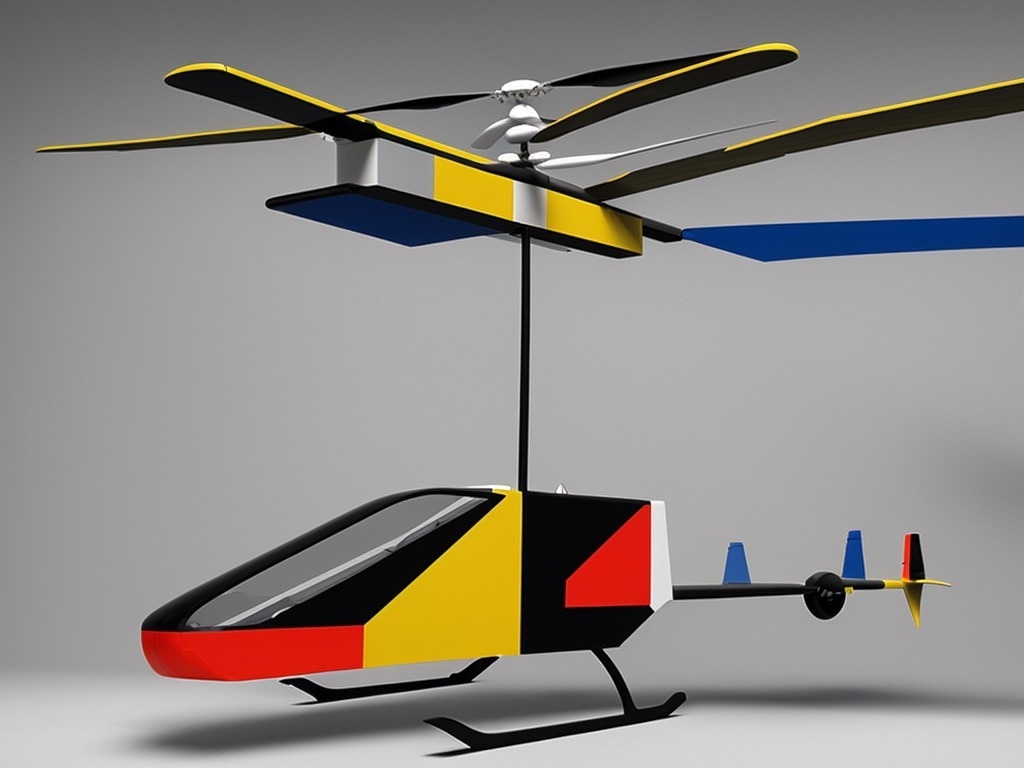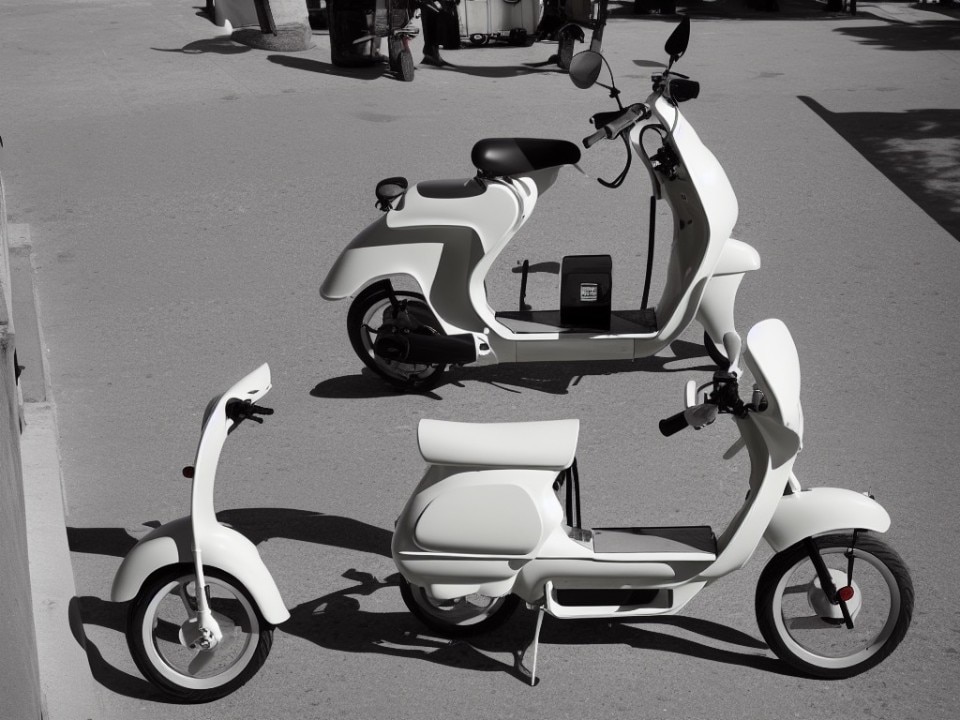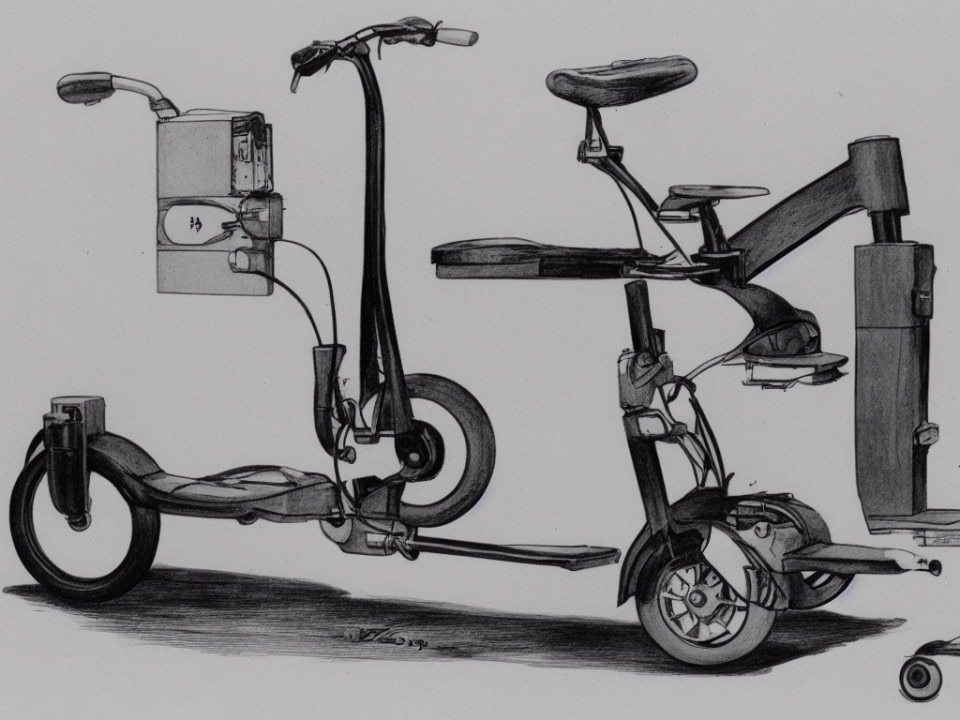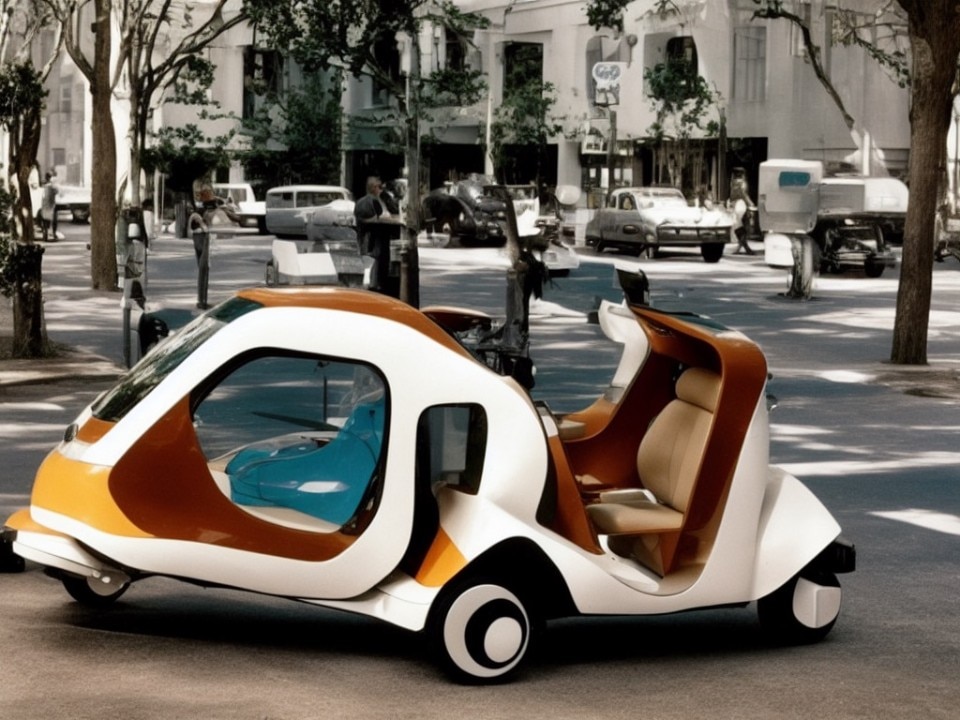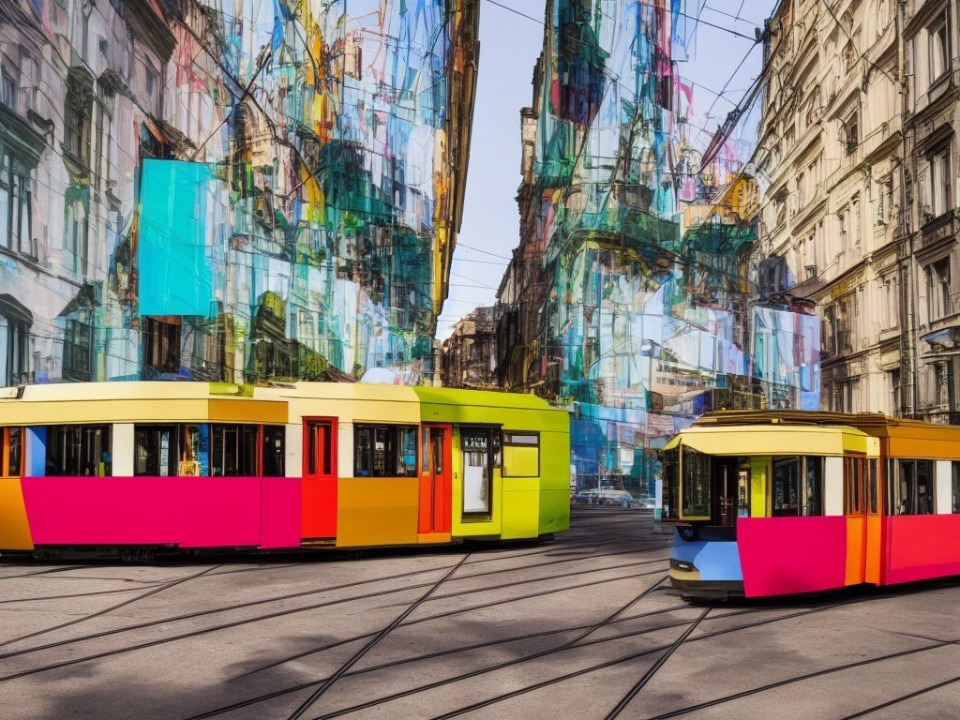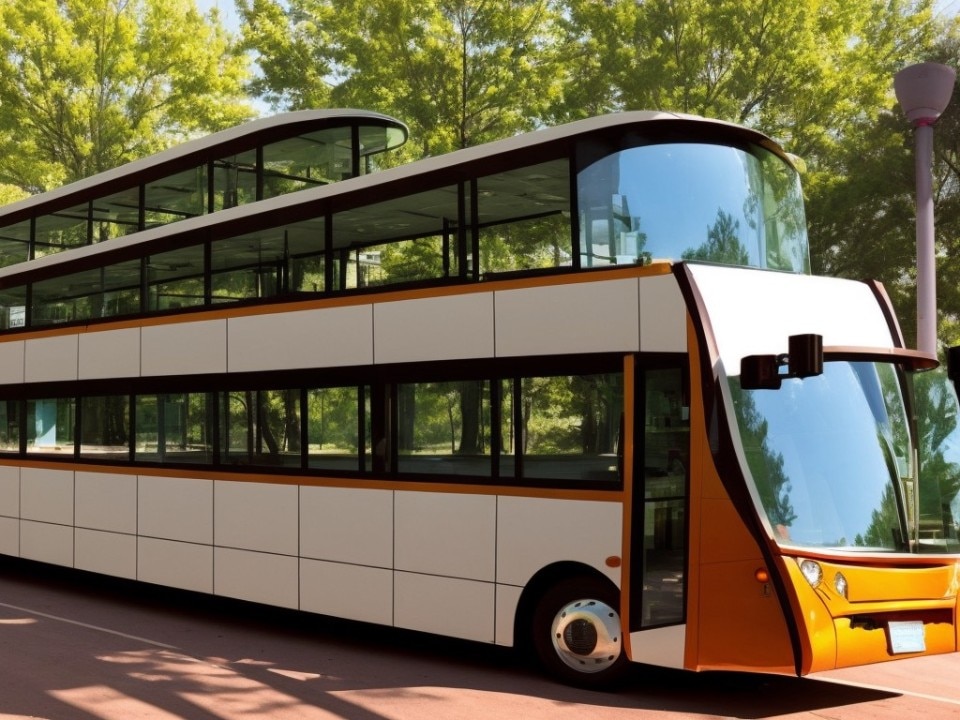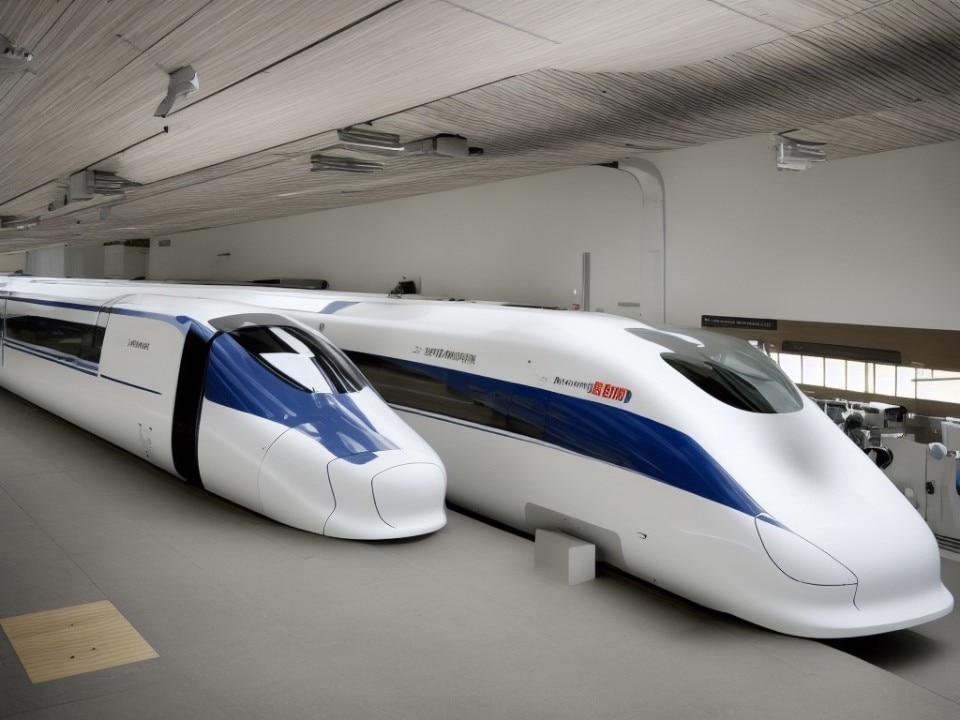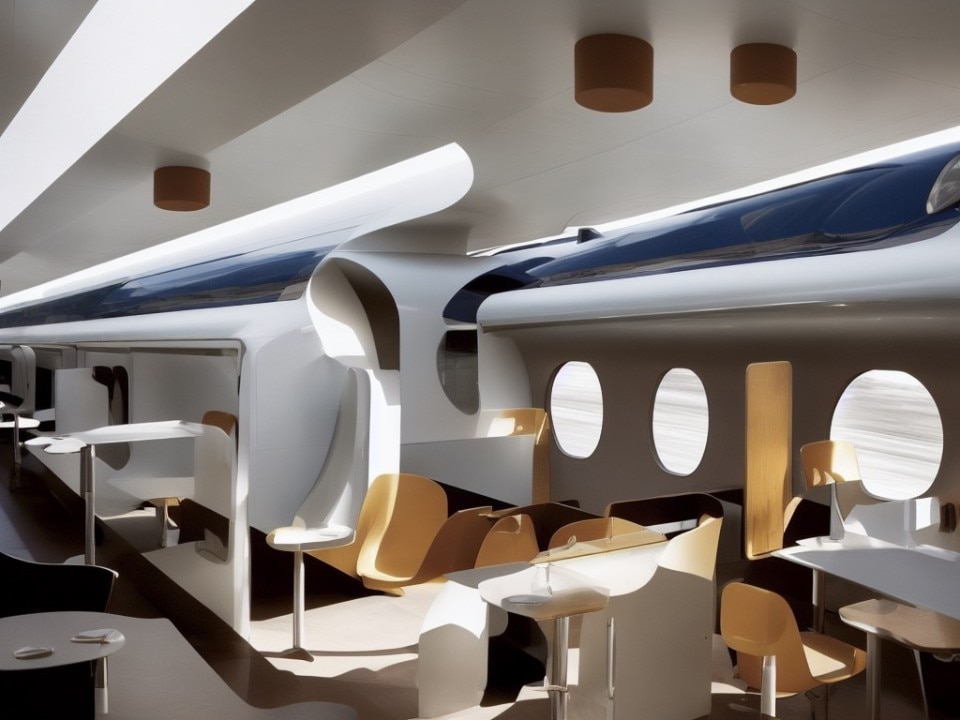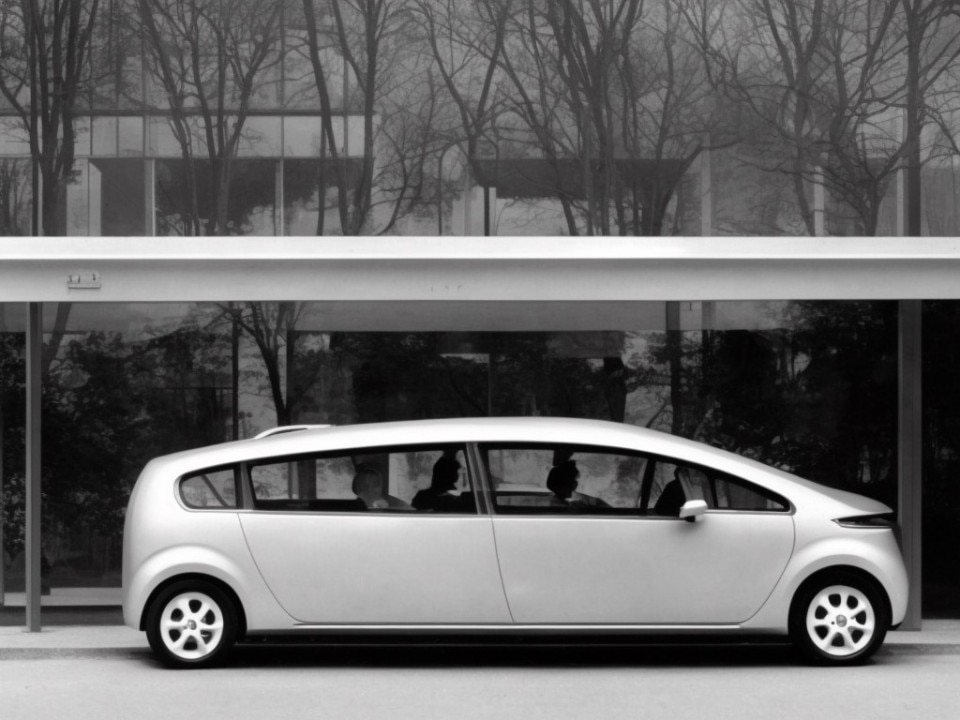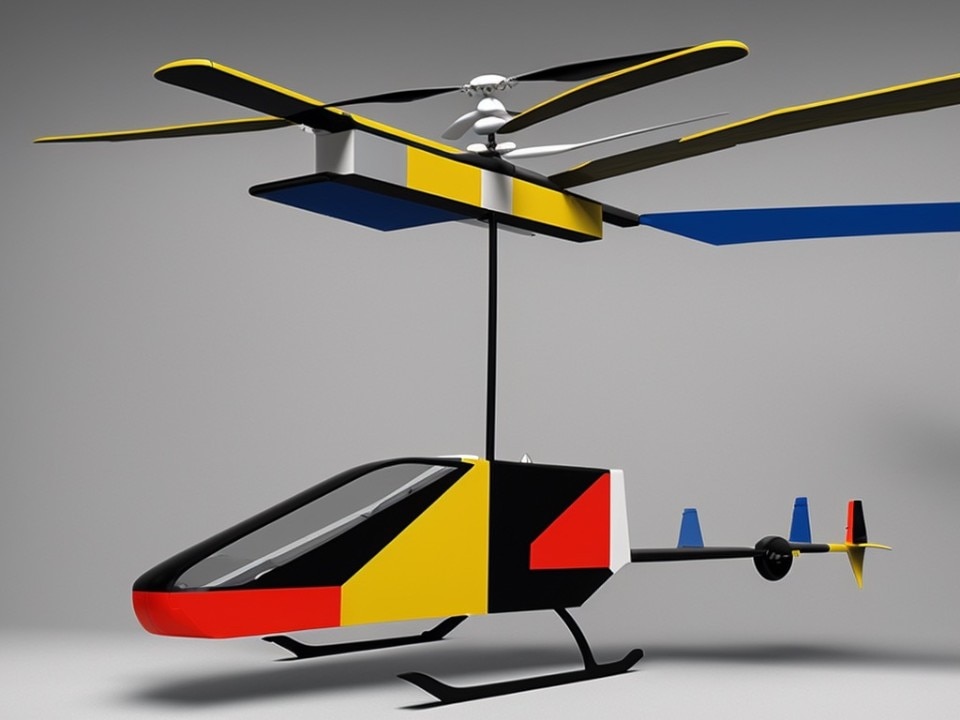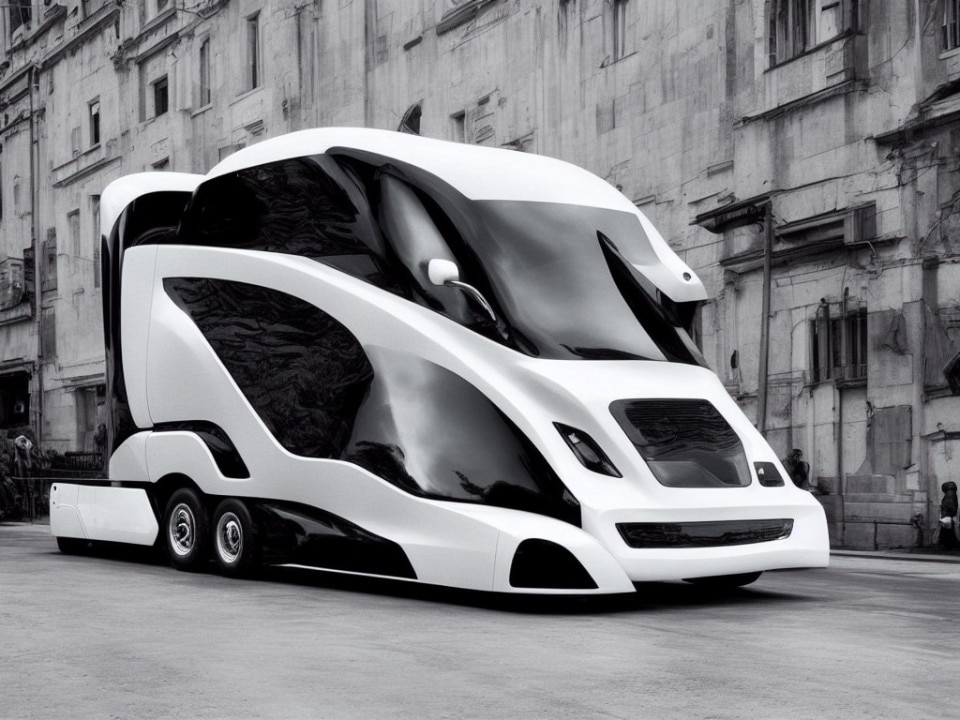Architecture’s often deep fascination with the world of transport has always given us splendour, manifestos, sometimes somewhat naive missteps or calligraphic abominations. On the other hand, those machines that made the world smaller and distances shorter profoundly transformed the mindset of those who had to design in that world.
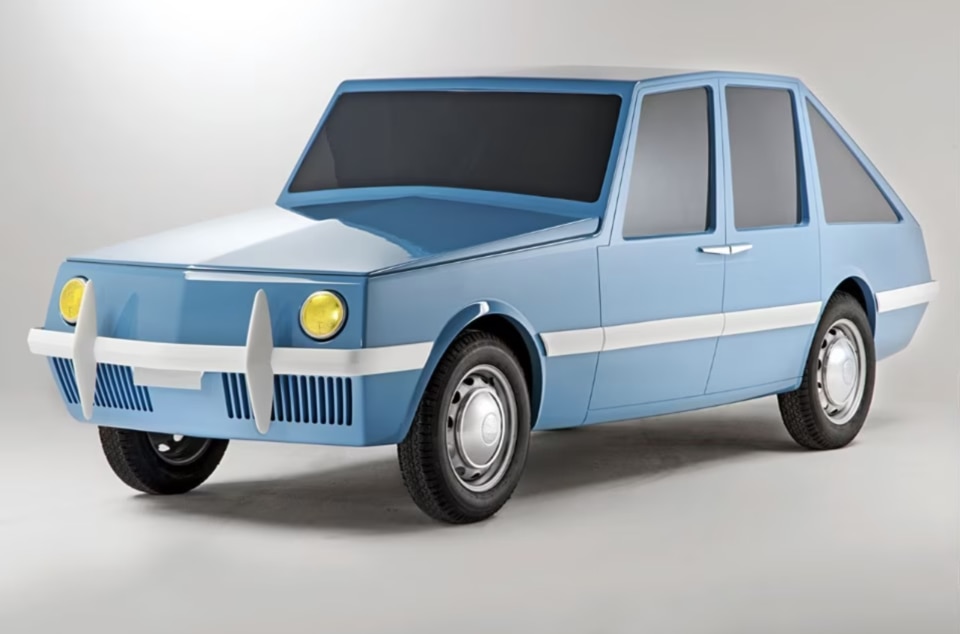
Here, then, are those who made cars a matter of architecture; here is Le Corbusier posing on the roof of the Lingotto with his racing cars and creating the Voiture Minimum, halfway between his experimental Citrohan houses and the future (this time Citroën) 2CV; here is Gio Ponti who in 1953 anticipated the future multispace cars (or at least the Renault 16) by transforming an Alfa Romeo 1900 into the never produced Linea Diamante. Here are the travelling rooms of Philippe Starck’s TGVs, but also those of Giulio Minoletti’s 1950s trains for Breda.
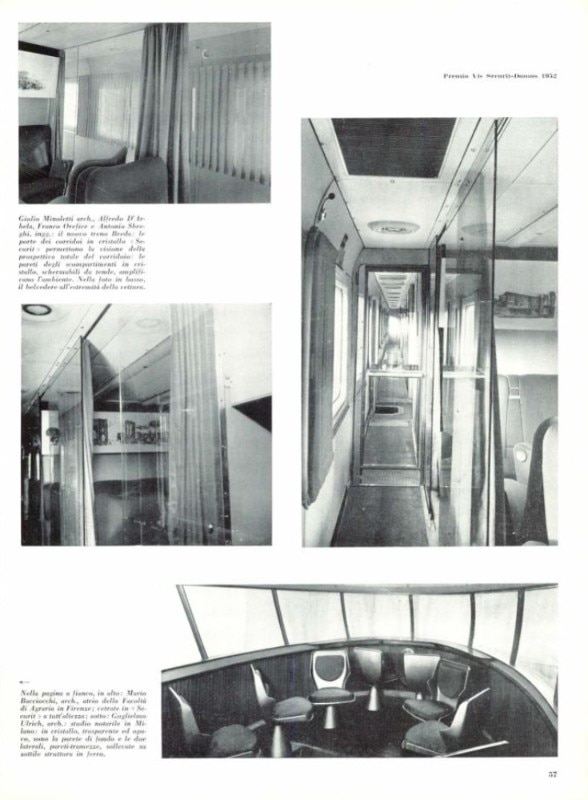
Then there are those who have turned cars into pieces of an ultra-personal aesthetic panorama, such as Raymond Loewy, who transposed his streamlined curvilinear world into radios and locomotives, Coca-Cola bottles, space stations and his personal Lancia Flaminia. And those, on the other hand, who have created elements of an all-encompassing, we might say holistic, vision of the world: just think of Richard Buckminster Fuller’s Dymaxion car, which, together with the Dymaxion House, the Dymaxion Toilet, but also the Dymaxion Map, constituted a system of interpretation and habitation of the planet so integrated that it could make Apple and its current device holism pale in comparison.
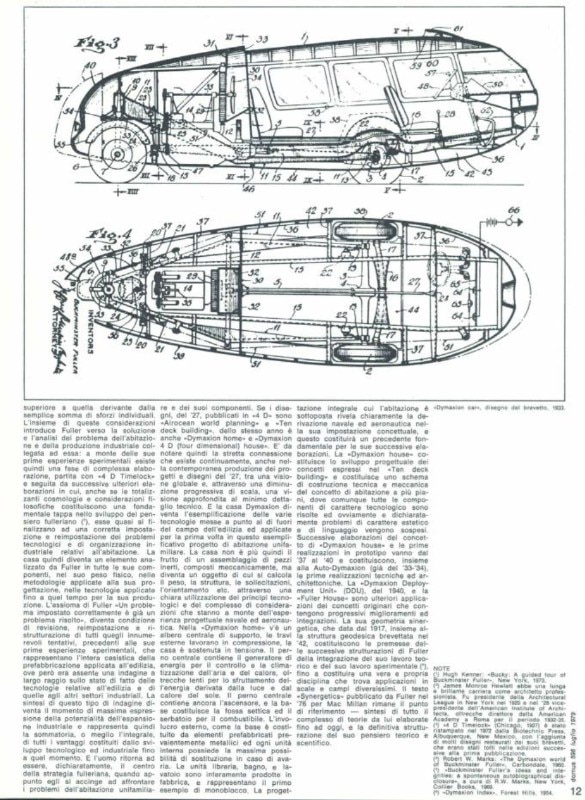
We took a break from analysing the present and asked an artificial intelligence to generate the vehicles these people have (plausibly) never designed. The results are not those that could have been achieved six months ago, nor those that could be achieved six months from now, and they tell us more about the software’s research capacity and the different (often disturbingly asymmetrical) availability of information on Charlotte Perriand or Frank Lloyd Wright. But beware: they also tell us what and how much of these names are part of the cultural heritage floating around the web at this very moment, ready to generate astonishing epiphanies or legendary misunderstandings, depending on what we want to ask of them.
All the images in our gallery were generated with the help of Stable Diffusion v. 1.5. You can read the exact prompt we’ve used next (or below) each image. Every design portrayed in this production is fictitious and generated by an artificial intelligence. No identification with actual persons (living or deceased), places, buildings, and products is intended or should be inferred.


